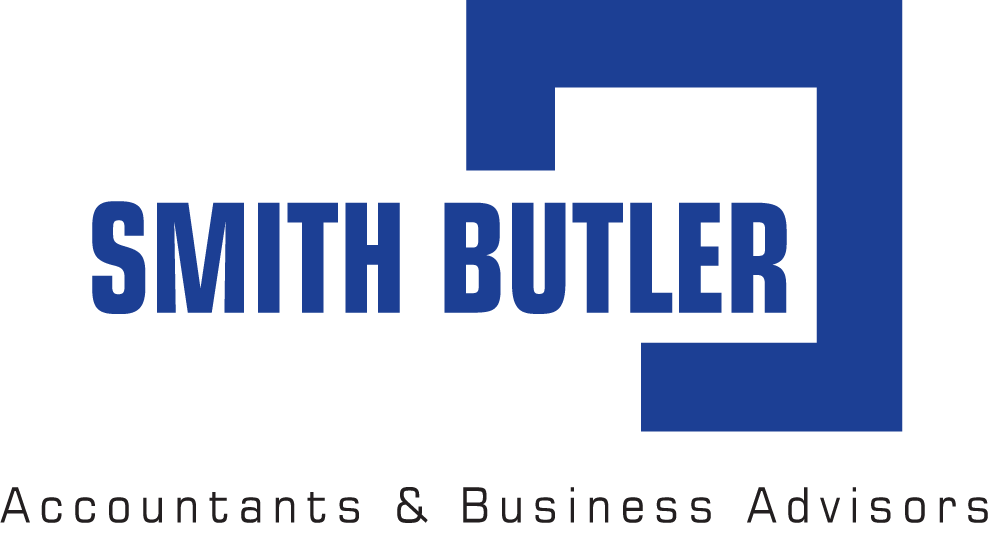Investing in property is often a great way to improve your financial position, but you need to manage your portfolio smartly. One way to do that is to claim capital allowances and expenses so you can claim tax relief when you make certain business-related purchases.
This post will guide you through capital allowances and expenses for landlords so you can make the most of the opportunities open to you.
Allowable expenses for landlords
Before we look at capital allowances for landlords, let’s look at allowable expenses, which are purchases made for the day-to-day running of your property. If your expense qualifies for tax relief, you can deduct the cost from your pretax profit, reducing your tax burden. To be allowable for tax purposes, expenses should be incurred wholly and exclusively as a result of you renting out your property.
Some examples of allowable expenses you can claim are:
- water rates, council tax, gas and electricity
- landlord insurance
- cost of services, including the wages of gardeners and cleaners
- letting agents’ fees
- accountancy fees
- phone bills, stationery and advertising costs
- mortgage interest (20% for individuals and 100% for companies).
Routine maintenance costs incurred during the course of letting out a property would also be allowable expenses. For example, replacing roof tiles, fixing a broken boiler or repairing water leaks would be allowable. However, improvements are not generally allowable, as they would instead be classed as capital expenses.
Capital expenses for landlords
Capital expenses are very different from allowable expenses, as they are costs incurred to purchase, improve or extend the life of a property or its integral features. In other words, they are long-term investments that add value to your property.
However, they are only available to commercial property. You can only claim for items to be used in residential property if either:
- you run a furnished holiday lettings business
- the item is to be used in the common parts of a residential building, for example a table in the hallway of a block of flats.
The most common types of capital expenditure are:
- anything new added to the property. Examples of this are adding a conservatory or an extra bedroom, but also include smaller units such as an additional or kitchen unit that wasn’t there before.
- upgrading one item with an improved version.
- costs associated with the purchase of a property, including legal fees, stamp duty and survey charges.
An exception that catches a lot of landlords out is where a property needs work done to get it to a condition where it can be rented out. While this might seem like a routine expense, this is actually treated as capital expenditure even if you are just restoring the property to its original state.
Capital allowances
Just like allowable expenses, you can deduct capital expenditure from your pretax income. However, there are limits to the capital expenditure you can claim in any given tax year.
- Annual investment allowance (AIA): Allows deduction of the full value of qualifying items up to a certain limit (currently £1m per year), covering most capital expenditure.
- Writing down allowance (WDA): For expenditures exceeding the AIA limit, the WDA allows you to write off a certain percentage of the remaining expenditure each year.
- 100% first-year allowance: This enables your business to claim a 100% deduction on qualifying expenditure in the year the expenditure was incurred. This is available for specific assets, including low-emission cars.
Our tips for record-keeping and claiming expenses
Maintaining accurate and detailed records is essential for maximising your tax relief and ensuring compliance with HMRC regulations. Here are some tips to help you manage your records and claims effectively.
- Keep detailed records: Maintain detailed records of all income and expenses related to your rental property so you can back up your claims. This includes receipts, invoices, bank statements and any correspondence related to expenses.
- Separate personal and business finances: Use a dedicated bank account for your rental property to keep personal and business finances separate, simplifying your accounting and record-keeping.
- Use accounting software: Consider using accounting software tailored for landlords to track income, expenses and generate financial reports easily.
- Stay updated on tax rules: Tax regulations can change, so stay informed about the latest rules regarding allowable and capital expenses. This can help you take advantage of all available deductions.
- Consult a tax professional: A tax adviser or accountant specialising in property tax can provide invaluable advice and ensure you’re claiming all eligible expenses correctly.
By understanding and effectively managing your allowable and capital expenses, you can significantly enhance the profitability of your rental property business. We can help; just get in touch.
